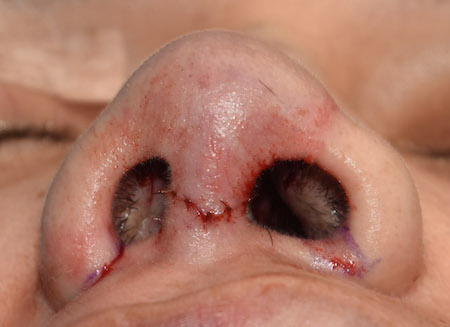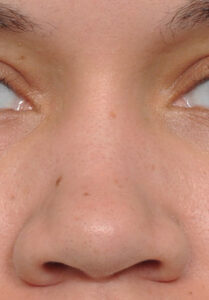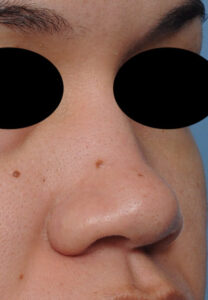Background: Noses present in all sizes and shapes for reshaping surgery and every nose is unique in its own way. But there are certain anatomic tendencies amongst various ethnicities that are commonly seen with resultant intraoperative strategies to change them.
In many African-American noses there are five anatomic components that are frequently present. These include a low bridge, a broad tip, weak lower alar cartilages, wide nostrils and thick nasal skin. In adequately treating this type of nose it requires a combination of adding some structural support to the bridge and tip while reducing certain aspects of the tip cartilages as well as that of nostril width.
The one anatomic aspect that is the hardest to control, and yet has a major play in the outcome of many rhinoplasties, is the thickness of the nasal skin. It is always the thickest over the tip of the nose and some reduction of it is possible. Defatting of the tip skin is done from underneath prior to closure. Even though it is an open rhinoplasty safe defatting can be done down to the SMAS layer without disrupting the dermal blood supply. This definitely helps but one should not expect a sharp sculpted nasal tip after primary rhinoplasty.
Case Study: This female had a broader flatter noise shape with wide nostrils. She wanted some reshaping done but nothing ‘drastic’ or overdone.
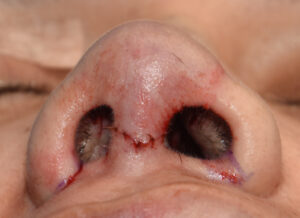
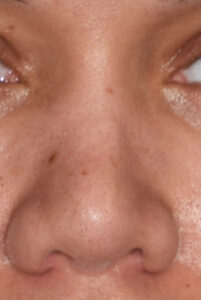
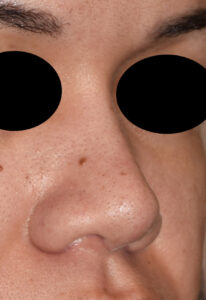
Case Highlights:
1) The African-American nose usually has five anatomic components that need to be addressed. (low bridge, wide tip, flared nostrils, weak tip support and thick skin).
2) The weak tip support combined with thicker skin requires cartilage support for improvement in nasal tip shape..
3) Both the open rhinoplasty incision and the nostril narrowing incisions can heal in a near imperceptible manner with good technique.
Dr. Barry Eppley
Indianapolis, Indiana

